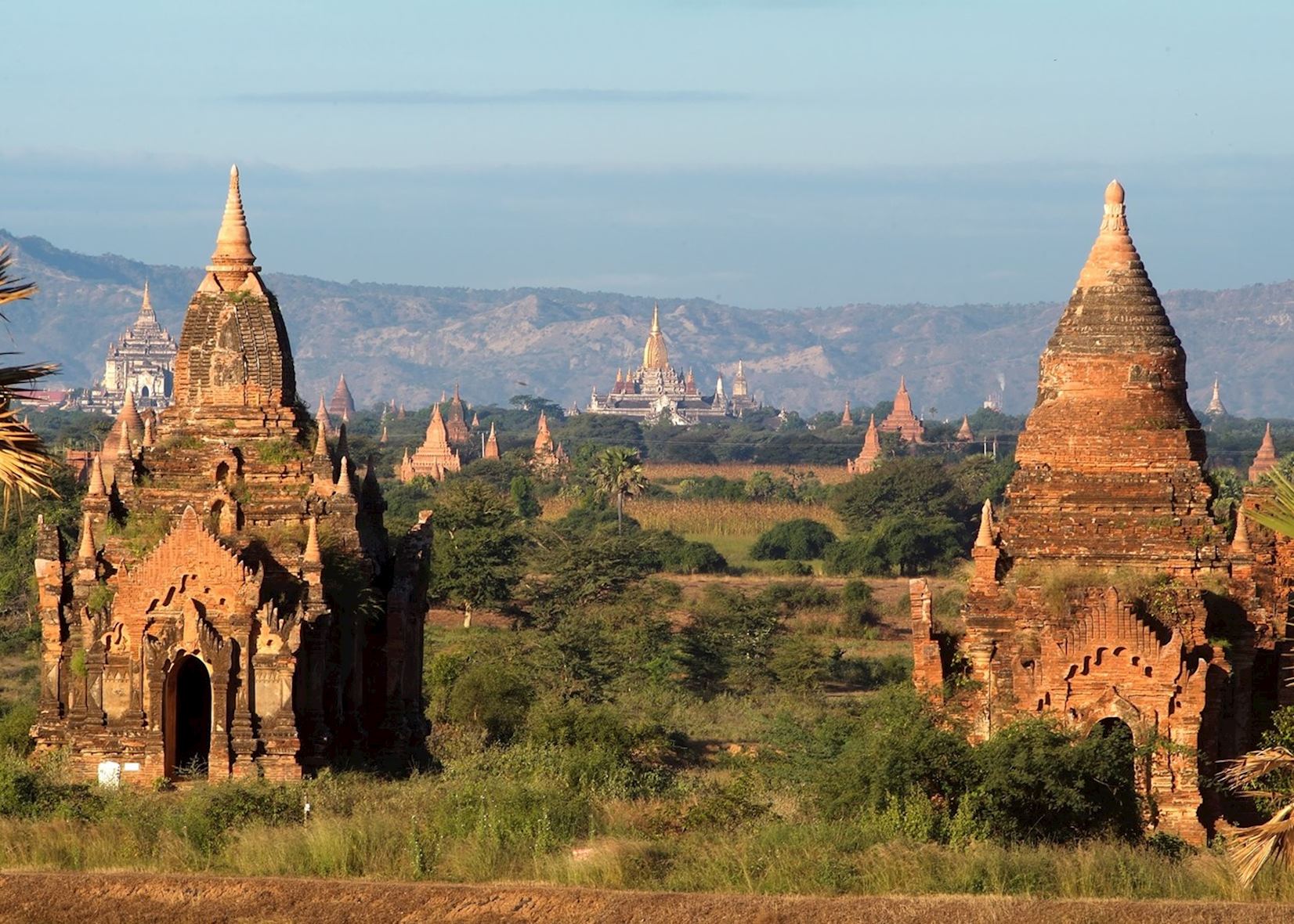

They came from the mountainous northern regions and may well have originated in the Central Asian plains.Īfter the Myanmar, the Shan flooded in from the North, finally conquering the entire region of Myanmar and Thailand. The Myanmar people began to colonise the plains of Myanmar only towards the middle of the first millennium AD. Their script was in use until about the fourteenth century, but was then lost. Their language was closely related to the language of the Myanmar and was later absorbed by it. They lived in the area around Prome long before the Myanmar pushed into the plains of Myanmar from the north. The Pyu, like the Myanmar, are a people of Tibeto-Burman origin with a distinct culture and language. However, today their influence and language is limited to remote areas of the south. The Mon with their distinct language and culture competed for centuries with the Myanmar. These two peoples were probably the first migrants to the region, apart from Indian merchants who established trading colonies along the coast. What is known is that they settled in the south of Myanmar and Thailand while the Khmer made northern Thailand, Laos, and Cambodia their home. Uncertainty surrounds the origins of the Mon but it is clear that, at least linguistically, they are related to the Khmer. There are four dominant ethnic groups in the recorded history of Myanmar: the Mon, the Pyu, the Myanmar, and the Shan. Earliest Contacts with Buddhism Myanmar and its Peoples I dedicate this work to my teachers, Mother Sayamagyi and Sayagyi U Chit Tin.ġ. Rather, the Myanmar people developed through the religion until the Theravada faith became embedded in their culture and Pali Buddhism became second nature to them. The Sasana had to be re-introduced or purified again and again from the outside until Myanmar had matured to the point of becoming one of the main shrines where the Theravada Buddhist teachings are preserved. One of the objectives of the narrative is to show that the Buddha's Teaching did not make a lasting impression on Myanmar immediately upon first arrival. I have given importance to sources that would be accorded much less weight in a strictly academic treatment of the subject, as I feel that in this case the oral tradition may well be more reliable than modern historians would normally admit. Inevitably it thus involves some degree of personal interpretation.

The material has been sifted and organised from the point of view of a practicing Buddhist.
PAGAN BURMA SERIES
The booklet has been written for the Buddhist Publication Society to complete its series of Wheel titles on the history of the Sasana in the main Theravada Buddhist countries.

It is designed, rather, to provide the interested non-academic reader with a brief overview of the subject. This booklet does not pretend to be an academic work shedding new light on the subject. To write an account of the development of a religion in any country is a delicate and demanding undertaking and one will never be quite satisfied with the result. I have not dealt with more recent history as this has already been well documented. This booklet is intended to offer a short history of Buddhism in Myanmar from its origins through the country's loss of independence to Great Britain in the late nineteenth century. In recent years Myanmar has attained special eminence as the host for the Sixth Buddhist Council, held in Yangon (Rangoon) between 19, and as the source from which two of the major systems of Vipassana meditation have emanated out into the greater world: the tradition springing from the Venerable Mahasi Sayadaw of Thathana Yeiktha and that springing from Sayagyi U Ba Khin of the International Meditation Centre. Myanmar, or Burma as the nation has been known throughout history, is one of the major countries following Theravada Buddhism.


 0 kommentar(er)
0 kommentar(er)
